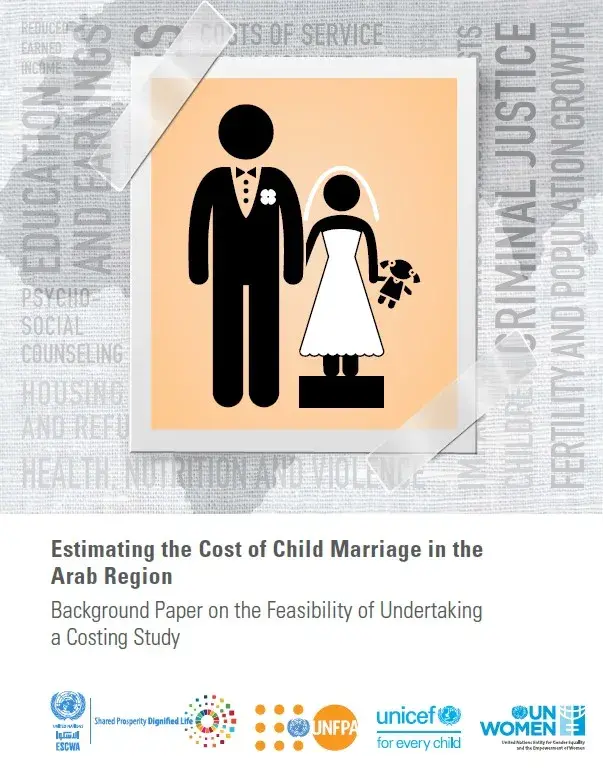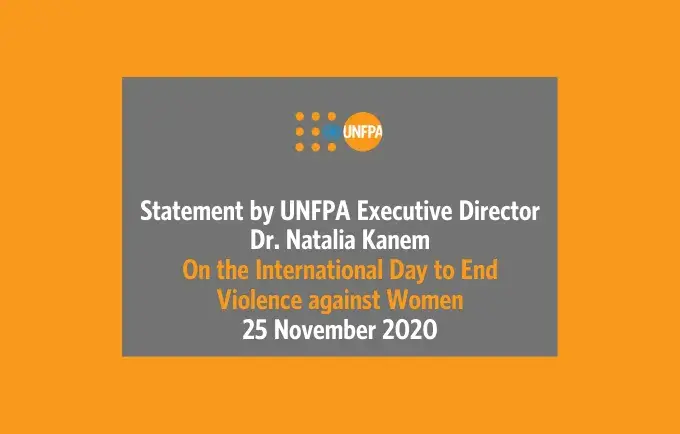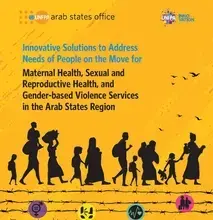Child marriage is a violation of human rights and a form of gender-based violence (GBV) that results in numerous adverse outcomes for a child’s development. In the past 25 years, the Arab region has experienced a decline in child marriage, yet progress has slowed over the past decade. Since 2010-2011, there have been noted increases of child marriage among conflict-affected and displaced populations in the Arab region. The consequences of child marriage are numerous and profound. As well as impeding girls’ educational and economic opportunities, it increases their risk of being subjected to additional forms of GBV and exploitation. Young brides often lack decision-making power in their households regarding important issues such as their health, negotiating safe sex and contraception. Indeed, child marriage has many serious sexual and reproductive health consequences for both young girls and their children, including an increased likelihood of frequent and unplanned pregnancies, increased risk of maternal and infant morbidity and mortality, pregnancy complications, death during childbirth and increased risk of contracting HIV/STIs.
Ending child marriage is fundamental to gender equality, women’s empowerment, and improving maternal and child health worldwide. It is also an important part of safeguarding the stability of communities and the global economy. This background paper provides an overview of the scope, drivers and consequences of child marriage in the Arab region. It also discusses the importance of estimating the cost of child marriage, examines the feasibility of undertaking a costing study in the Arab region, and reviews the availability of data needed to implement such a task, as well as the appropriate framework to consider when approaching costing child marriage in the region.





